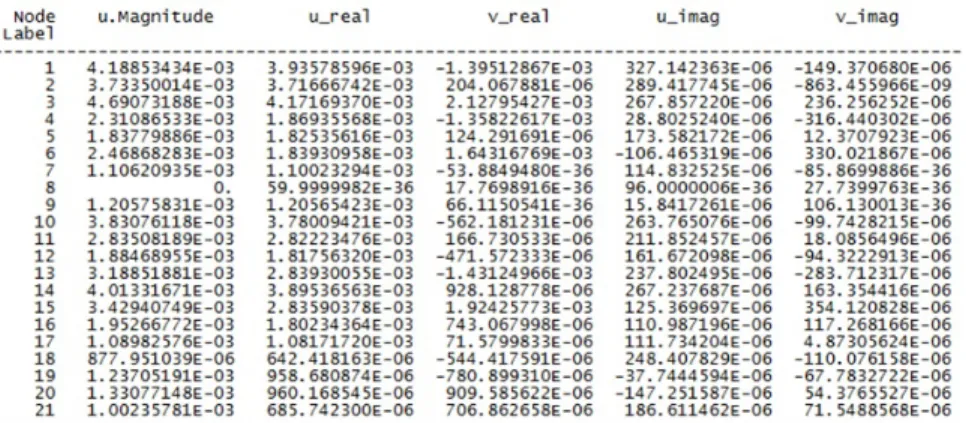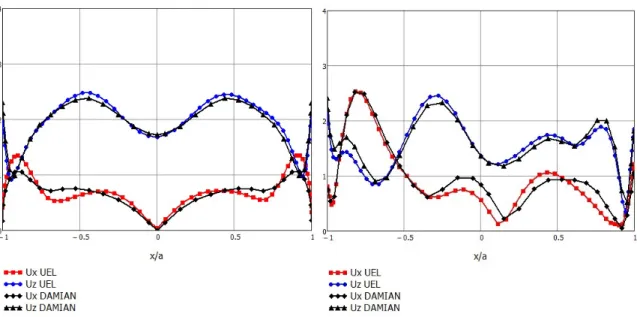Implementation of user element subroutines for frequency domain analysis of wave scattering problems with commercial finite element codes
Texto completo
Figure




Documento similar
• Utilize the incoherent volume-element scattering in multiple scattering. computations (R 2 T
Indeed, the Brillouin gain spectrum is measured in the electrical domain with central frequency of 351 kHz and a natural width of 4.163 kHz, representing in the optical domain
In this work we address this issue and present a fundamental theoretical analysis of the dynamics and steady-state characteristics of lasing action in plasmonic crystals consisting
In this paper we analyze a finite element method applied to a continuous downscaling data assimilation algorithm for the numerical approximation of the two and three dimensional
Raman scattering using three different excitation wavelengths and its analysis have been performed to confirm the absence of secondary phases in the samples, and
To calculate the deformation of the structure, it was used a Finite Element Model for a specific geometry and an evaluation of the variation of the pressure field is done to
The expansionary monetary policy measures have had a negative impact on net interest margins both via the reduction in interest rates and –less powerfully- the flattening of the
Jointly estimate this entry game with several outcome equations (fees/rates, credit limits) for bank accounts, credit cards and lines of credit. Use simulation methods to





